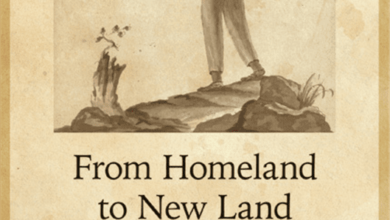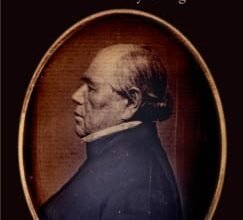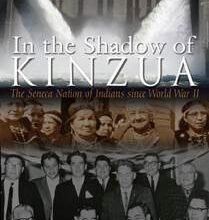Waterways, Footpaths & Wagon Ways: Early Hudson River Trade


 When in the 1780s Nantucket whalers sought a safe inland harbor for their whaling fleet, they found at Claverack Landing (now Hudson, NY) a port with an already well-established land transportation infrastructure.
When in the 1780s Nantucket whalers sought a safe inland harbor for their whaling fleet, they found at Claverack Landing (now Hudson, NY) a port with an already well-established land transportation infrastructure.
The development of these transportation networks over thousands of years by indigenous peoples and then 125 years of Dutch and English settlement influenced the Nantucketer’s selection of this small Hudson River port for their base and continues to shape the region to this day.
On Thursday, October 2, from 6 until 7:30 pm, the Jacob Leisler Institute for the Study of Early New York History, in collaboration with the Hudson Area Library, will host an in-person presentation with Justin Wexler, a local researcher on indigenous peoples, and David William Voorhees, director of the Leisler Institute.

 They will be speaking about the infrastructure of waterways and land paths used for trade by the indigenous and the Dutch and English colonists prior to Hudson’s founding.
They will be speaking about the infrastructure of waterways and land paths used for trade by the indigenous and the Dutch and English colonists prior to Hudson’s founding.
Wexler will focus on the land and water uses of the Mohican people. Voorhees will address the wagon ways and post roads of the colonial development of Columbia County‘s transportation infrastructure.
Justin Wexler is a life-long resident of the Hudson Valley who has dedicated his life to learning everything he can about the lives, land management practices and ethnoecology of the region’s original human inhabitants.
He has studied local Eastern Algonquian languages, history and folklore since 2002, working to reconstruct the precontact landscape and sharing discoveries with other scholars and with tribal language departments. He is currently in contract to publish a history of Native land management in the Catskill Mountain region.
Through his organization, Wild Hudson Valley, Wexler regularly hosts Lenape/Mohican visitors on ancestral homeland visits from their contemporary displaced federally-recognized communities.
David William Voorhees is director of the Jacob Leisler Papers Project, formerly located at New York University, as well as the Jacob Leisler Institute headquartered in Hudson. He’s also managing editor of de Halve Maen (The Half Moon), a quarterly scholarly journal published by The Holland Society of New York.
An NYU research scientist, he is a former managing reference history editor at Charles Scribner’s Sons and has published numerous historical works and articles, and been a consultant on historical exhibits at the Museum of the City of New York and the Bard Graduate Center in Manhattan among others.
This program was made possible by the New York State Council on the Arts with the support of the Office of the Governor and the New York State Legislature and the Van Dyke Family Foundation, HRBT Foundation, and Bank of Greene County Charitable Foundation.
The Hudson Area Library History Room houses a collection that pertains to the history of the City of Hudson, Greenport and Stockport; as well as Columbia County and New York State. The History Room also hosts the Local History Speaker Series at the library, offering free monthly talks on diverse topics related to local history. The Hudson Area Library is located at 51 North 5th Street in Hudson, NY.
The Jacob Leisler Institute for the Study of Early New York History is an independent, not-for-profit study and research center devoted to collecting, preserving, and disseminating information relating to colonial New York under English rule.
The Institute contains a collection of original, digital, and/or paper copies of primary source manuscripts, books, maps, and illustrative materials, as well as a library of secondary resources that provide scholarly context to the primary sources. The Jacob Leisler Institute is an open resource for both scholars and the interested public.
Read more about New York’s transportation history.
Illustrations: “Munsee Fishermen” and “Claverack Landing” by Len Tantillo.
Source link




